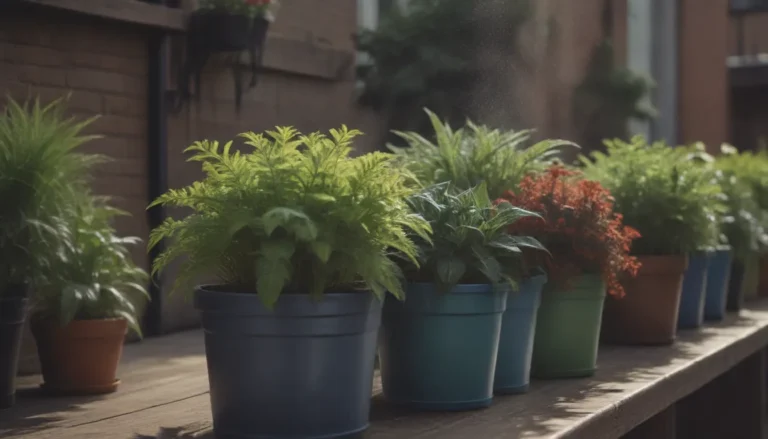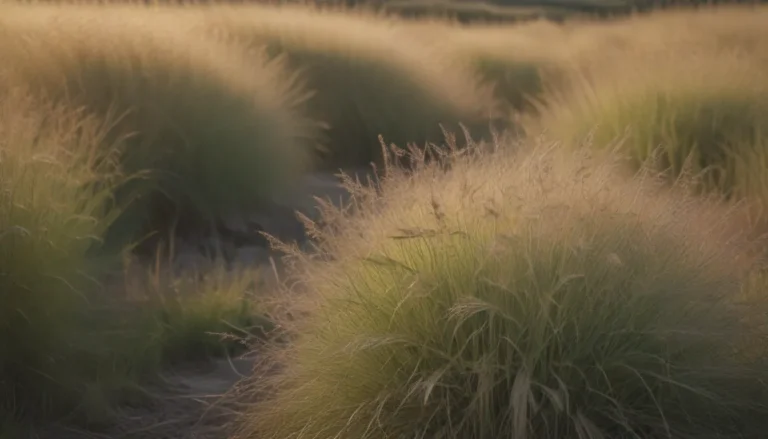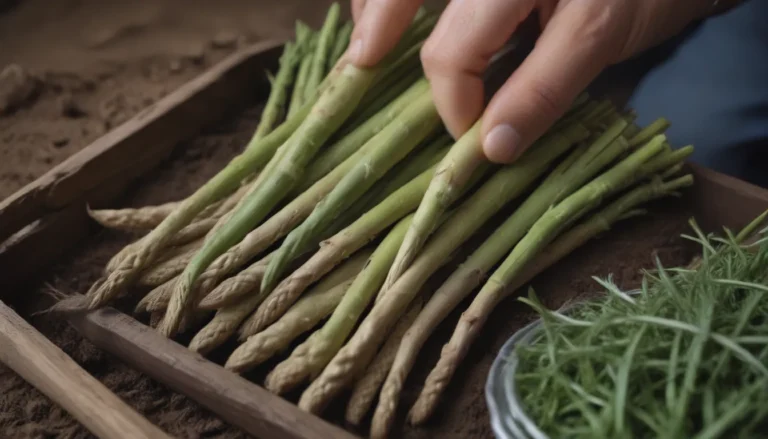The Ultimate Guide to Fertilizing Your Azaleas for Maximum Growth and Health

If you’ve ever tried to grow azaleas and found them struggling, don’t worry – you’re not alone. Azaleas are well-loved for their vibrant blooms, but they can be tricky to grow if you don’t pay attention to their unique needs. In this comprehensive guide, we will explore everything you need to know about fertilizing your azaleas to ensure they thrive and flourish in your garden.
Understanding the Needs of Azaleas
Azaleas, like all plants in the rhododendron family, are acid-loving plants. This means that they thrive in soil with a pH level between 4.5 and 6.0. Maintaining the correct pH level is essential for the health of your azaleas. When it comes to fertilizing azaleas, less is more. Once established, azaleas don’t require frequent fertilizing. Instead, focus on using organic products and soil amendments like compost and mulches to keep your shrubs healthy and happy.
When to Fertilize Your Azaleas
Before planting your azaleas in the ground, make sure to amend the soil with plenty of organic matter. Mulching around new and established plants with compost, shredded leaves, pine straw, or other organic materials can provide the necessary nutrients for your azaleas. However, if you notice your plants are showing signs of nutrient deficiency or if you want to encourage new growth, it’s time to fertilize.
The best time to fertilize azaleas is during their dormancy period, which falls between late fall and early spring. Avoid fertilizing after June, as this can lead to excessive new growth that makes the plants more vulnerable to cold injury. Reblooming azaleas, such as the ‘Encore’ series, benefit from feeding after the first bloom. Always apply fertilizer when the soil is moist, and avoid fertilizing during dry weather or drought to prevent fertilizer burn.
Choosing the Right Fertilizers for Your Azaleas
When it comes to fertilizing azaleas, you have several options to choose from. Both inorganic and organic fertilizers formulated specifically for acid-loving plants like azaleas are available in granular, liquid, and spike forms.
Inorganic Fertilizers
For inorganic fertilizers, opt for a complete, extended-release product with an NPK ratio of 10-5-4 or 10-6-8. Look for products labeled specifically for azaleas, camellias, and rhododendrons. Be cautious not to overuse inorganic fertilizers, as this can reduce the natural soil fungi that aid in nutrient uptake and make the plant dependent on supplemental feeding.
Organic Fertilizers
Organic fertilizers are a better choice for healthy, established azaleas. Choose a complete, acid-forming organic fertilizer with a balanced NPK ratio such as 4-3-4. Products labeled for hollies, azaleas, and evergreen shrubs are excellent options for organic feeding.
How to Properly Apply Fertilizer to Your Azaleas
Fertilizing azaleas requires a different approach than other flowering shrubs due to their shallow root system. When feeding your azaleas, spread a light layer of granular fertilizer in a circle several feet beyond the shrub’s drip line. Always apply fertilizer to moist soil to ensure proper absorption.
To calculate the ideal spreading distance, estimate the distance from the center of the shrub to the outside leaves, then double that distance past the dripline and apply fertilizer in that area. This method ensures that the shallow roots of the azaleas receive the necessary nutrients for healthy growth.
Benefits of Fertilizing Azaleas
Fertilizing your azaleas is vital for maintaining the correct soil pH balance and supplying the nutrients needed for robust growth and vibrant blooms. Azaleas thrive in acidic soil, so feeding them supports the ideal pH level of 4.5 to 6.0. Starting with the correct acidity level from the beginning makes it easier for your azaleas to thrive and eliminates the need for adjustments after planting.
Regular fertilizing also enhances bud development and promotes healthy foliage in your azaleas. By providing the necessary nutrients, you can ensure your azaleas continue to bloom beautifully year after year. Remember to have your soil tested before planting azaleas as this will help you determine the pH level and nutrient requirements of your soil.
In conclusion, fertilizing your azaleas is essential for their overall health and growth. By following the guidelines outlined in this comprehensive guide, you can ensure your azaleas thrive in your garden and delight you with their stunning blooms. Remember to choose the right fertilizers, apply them correctly, and maintain the proper soil pH balance to keep your azaleas healthy and vibrant. With a little care and attention, your azaleas will be the envy of your neighborhood!





